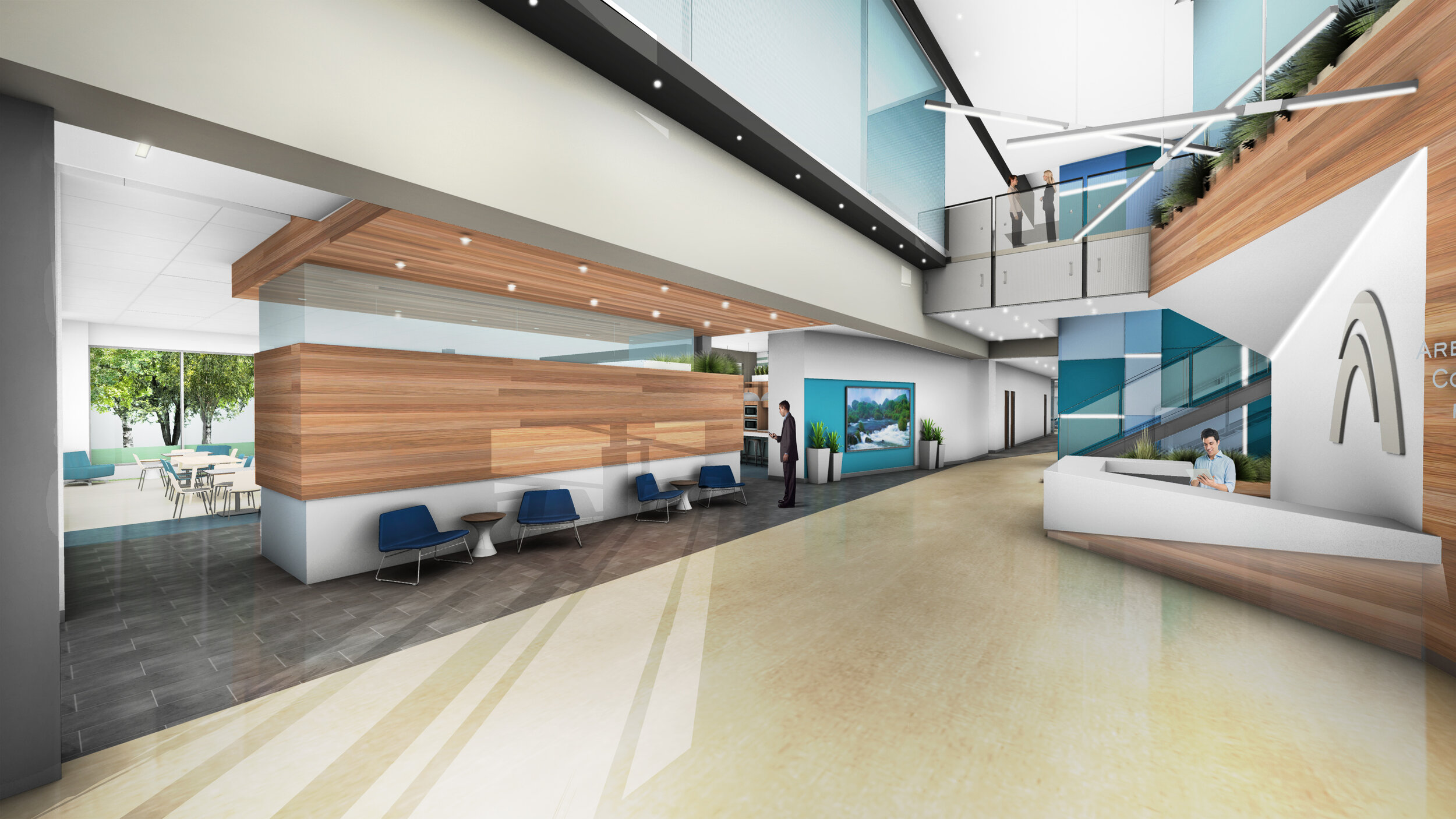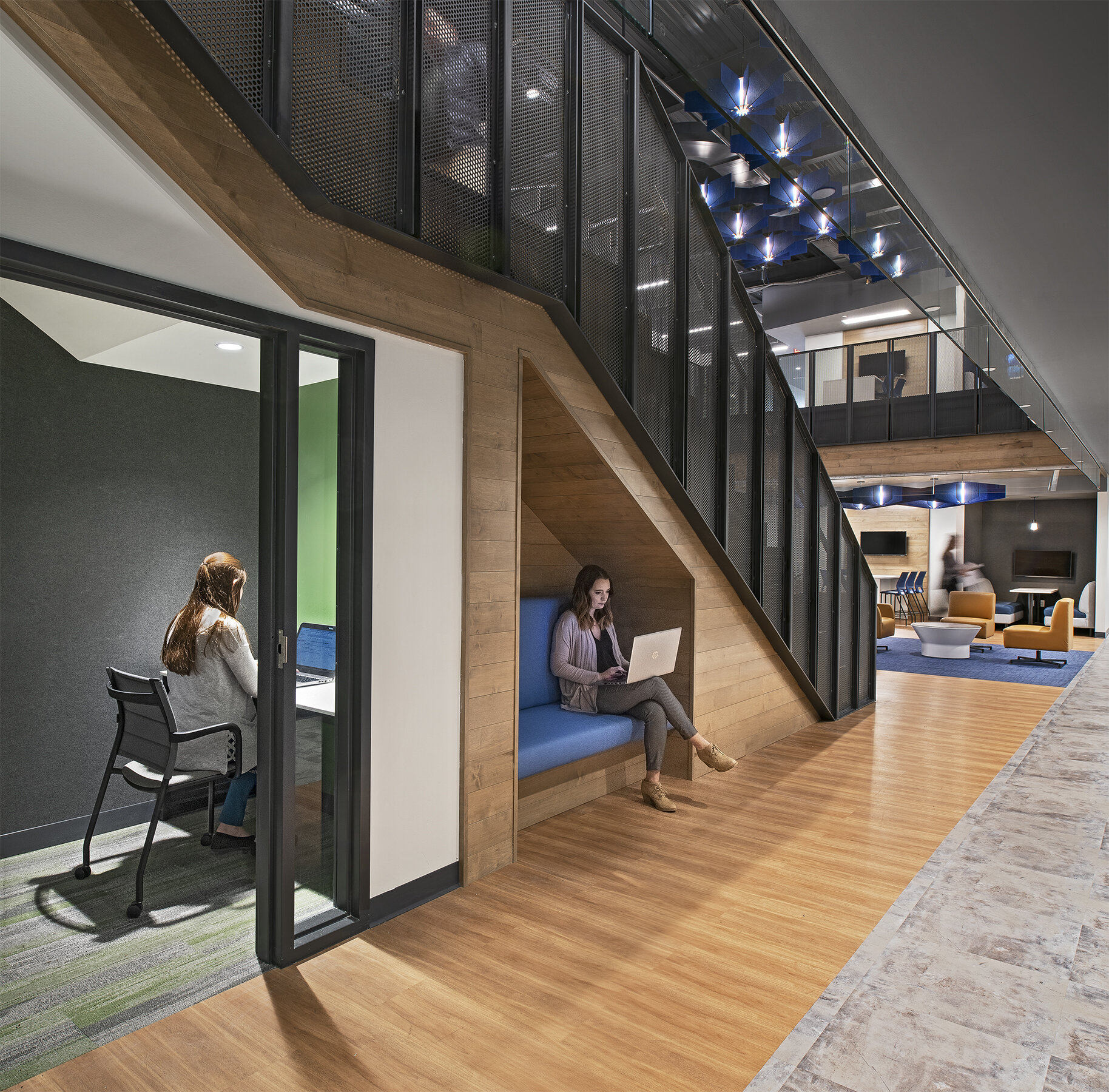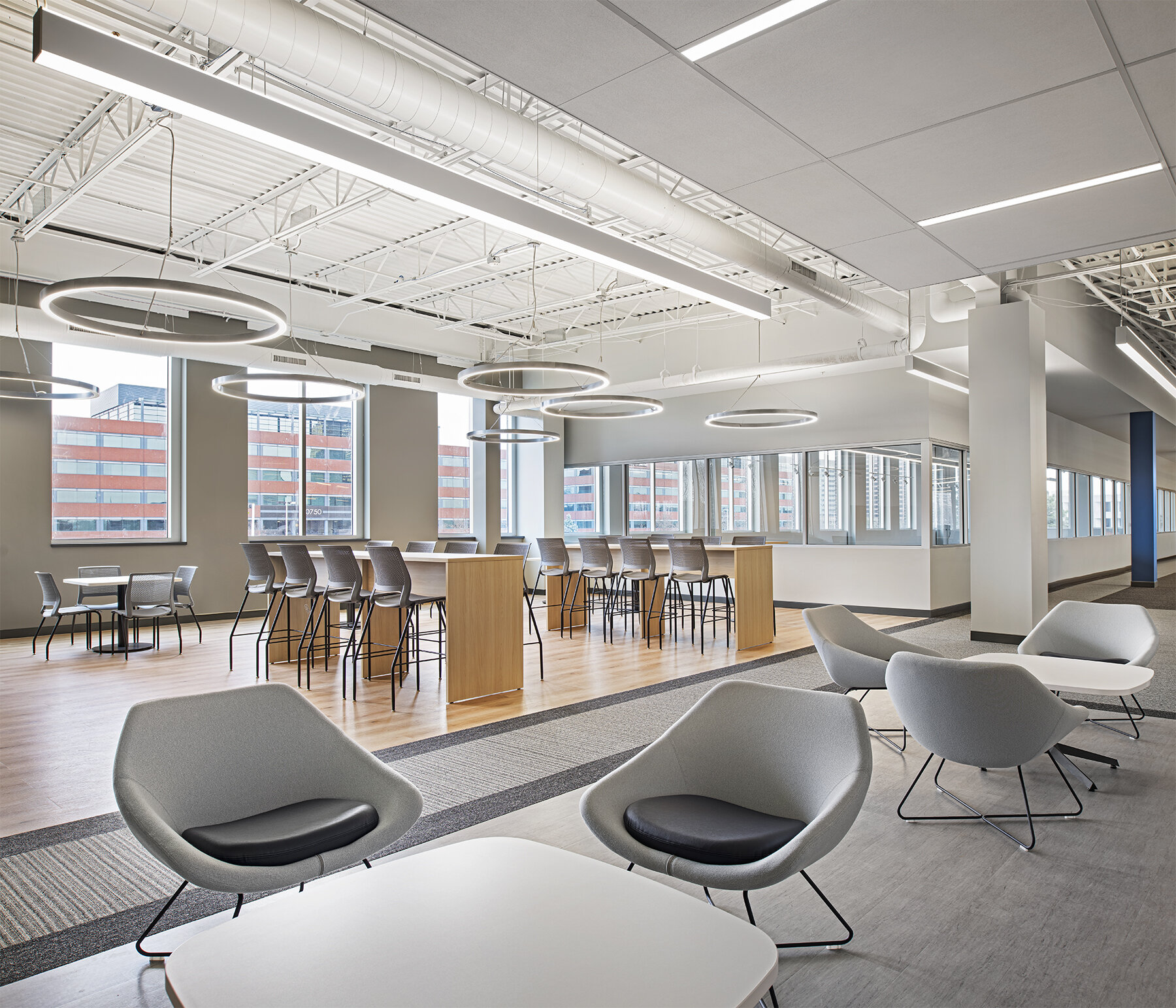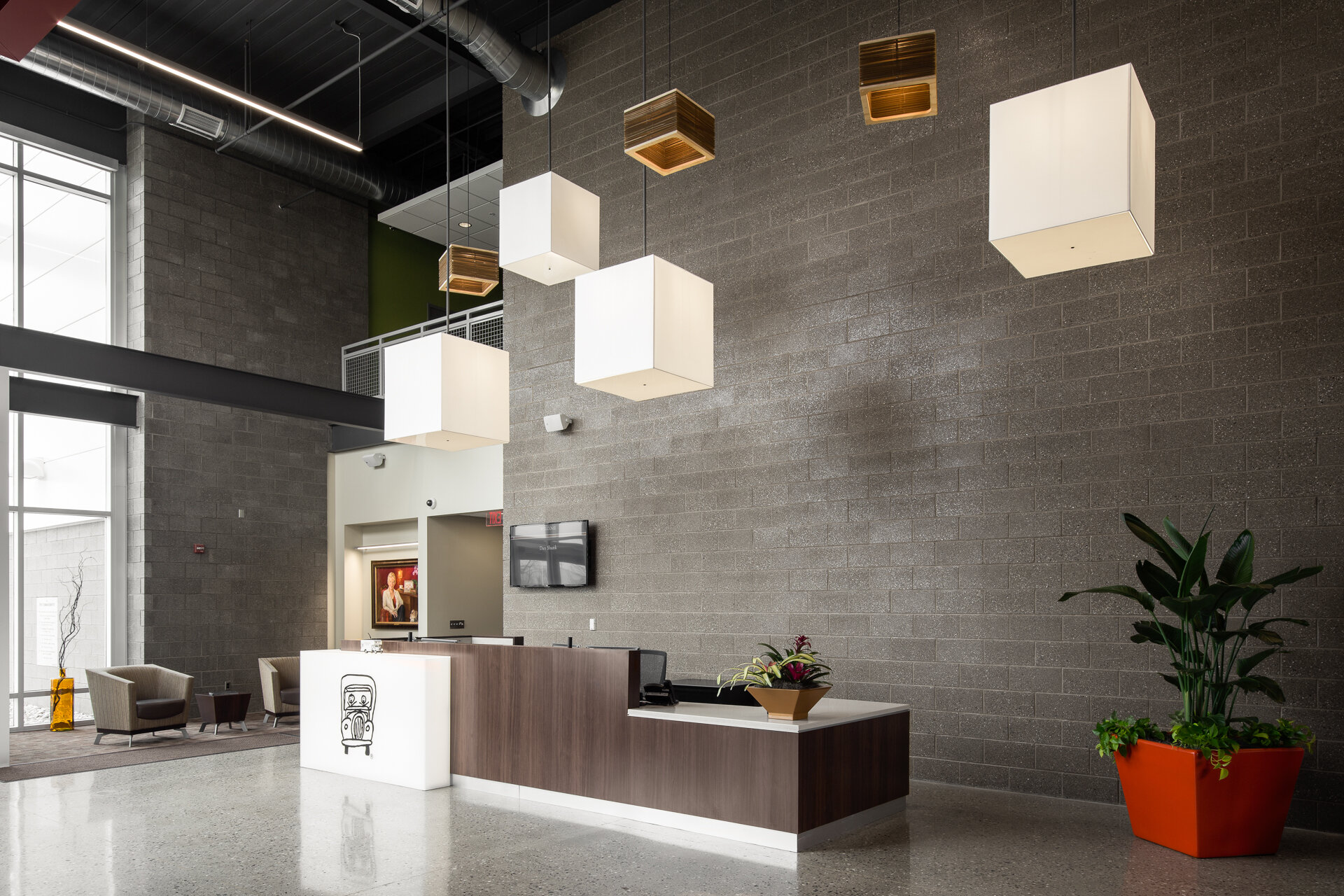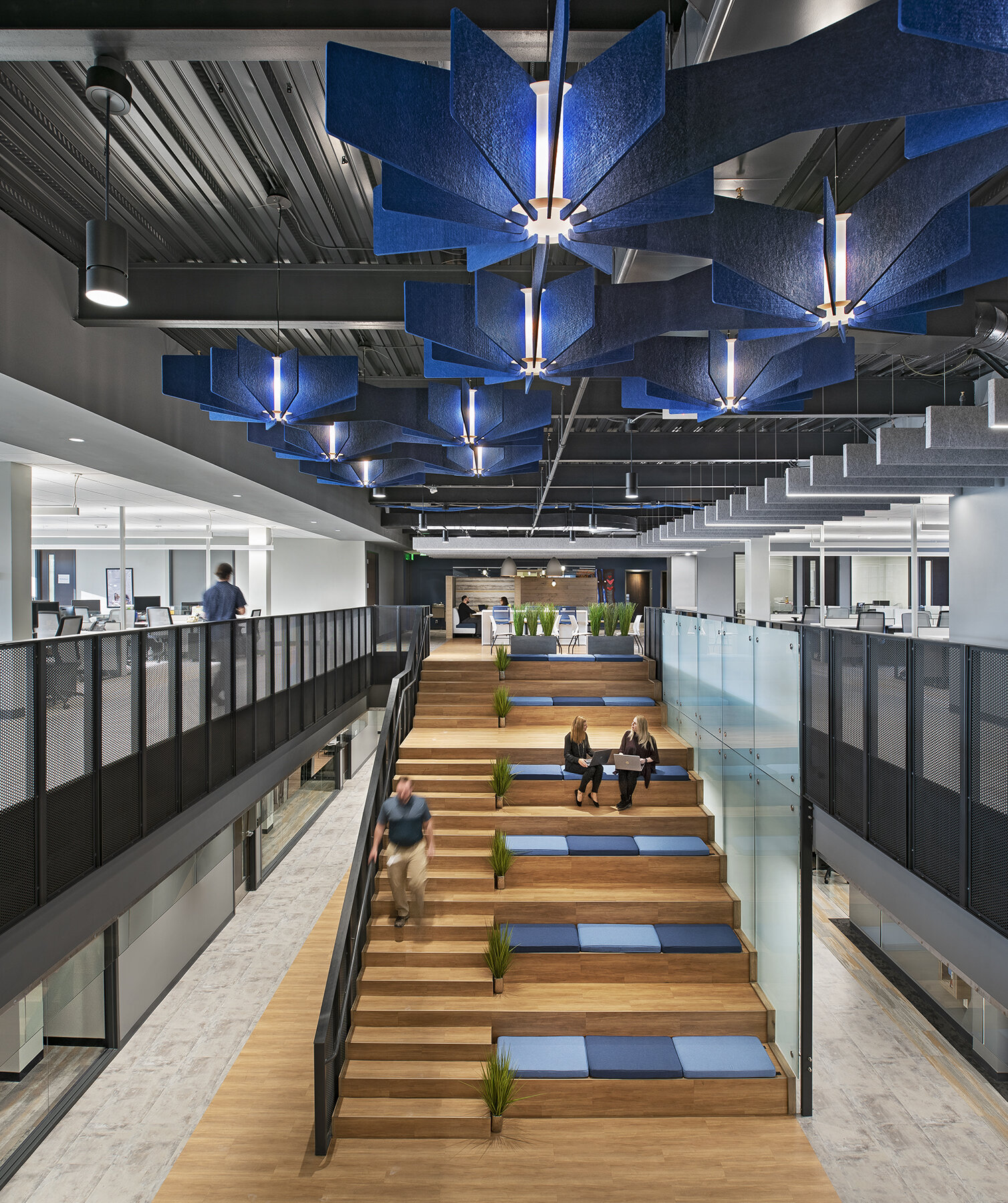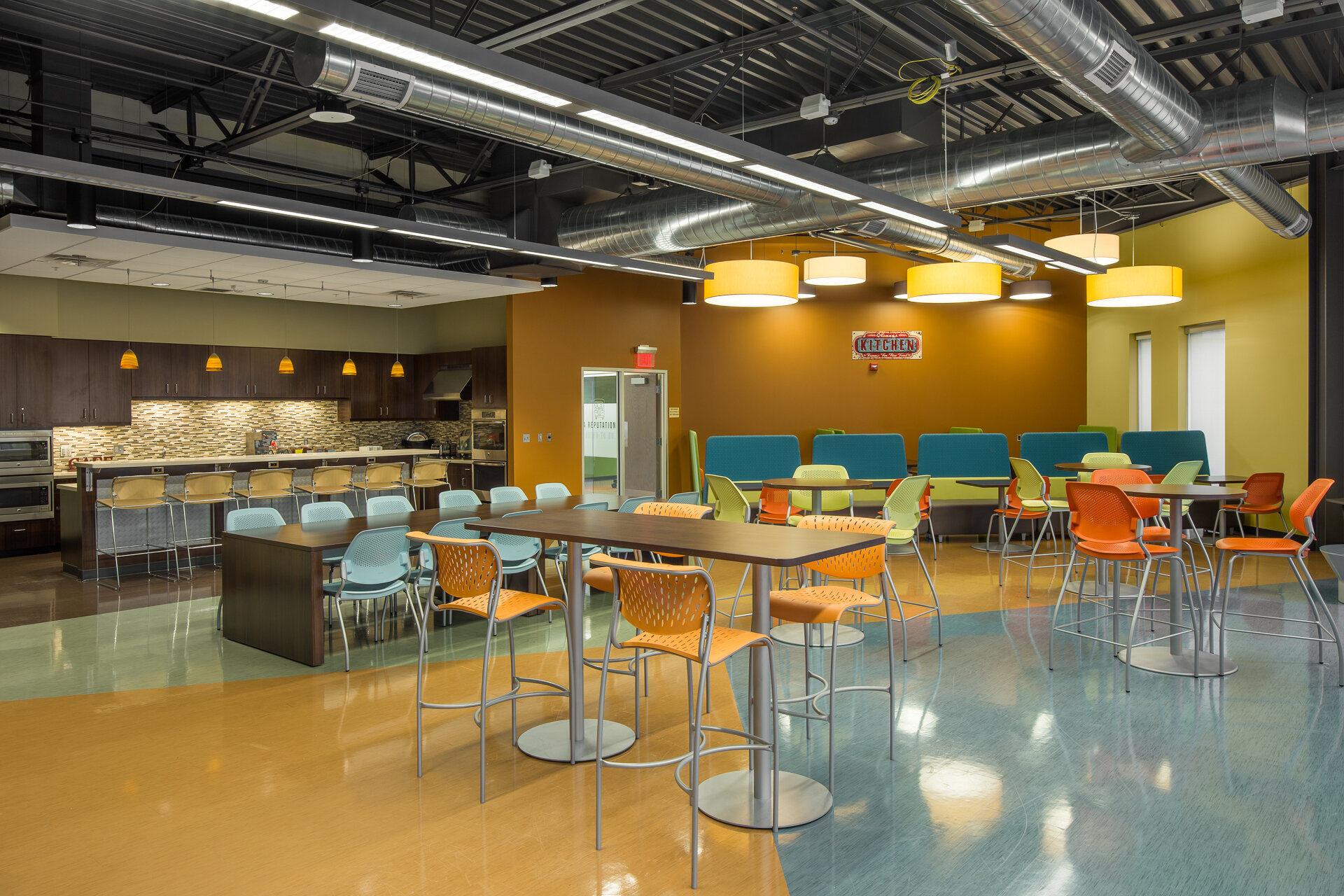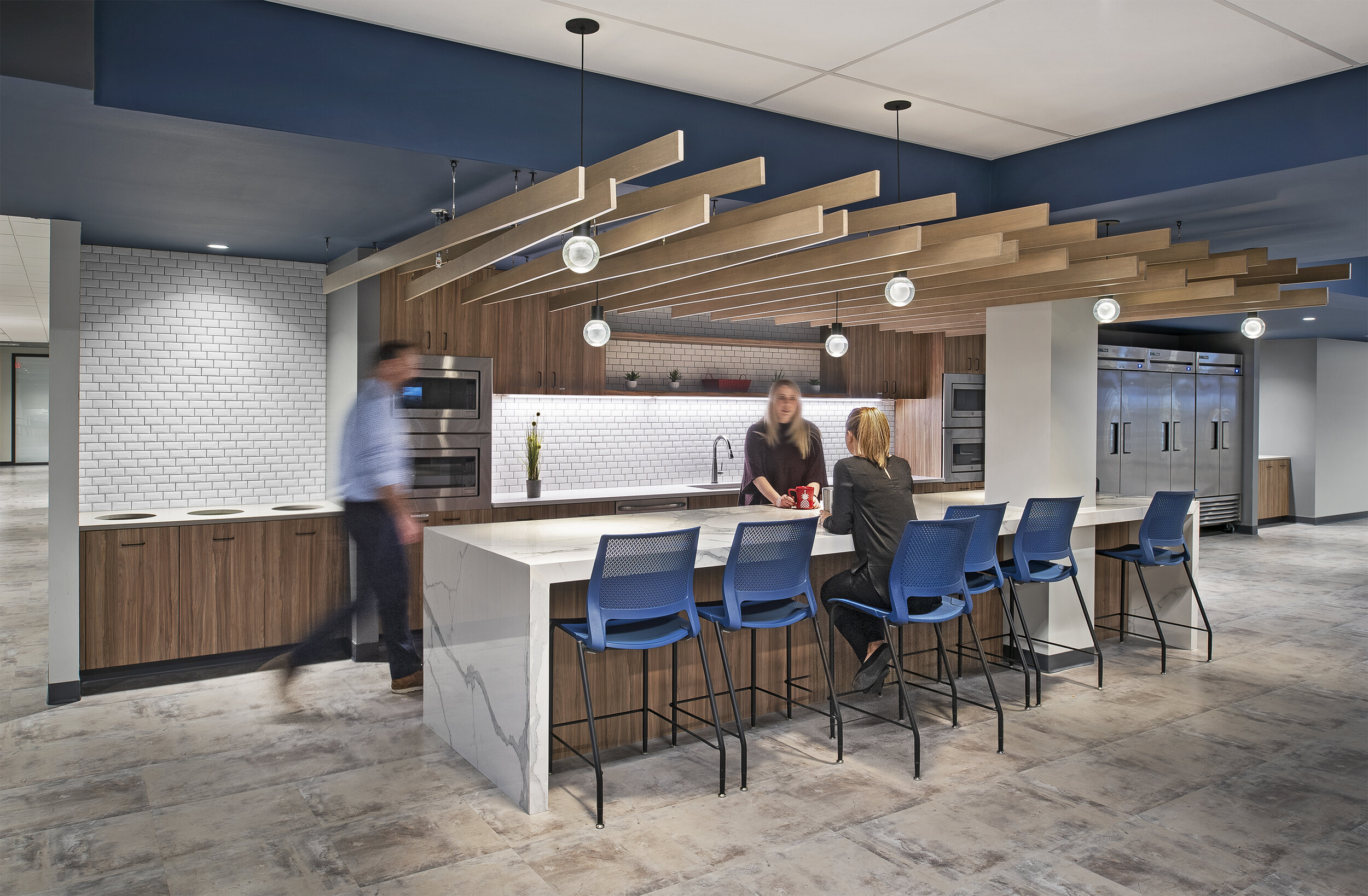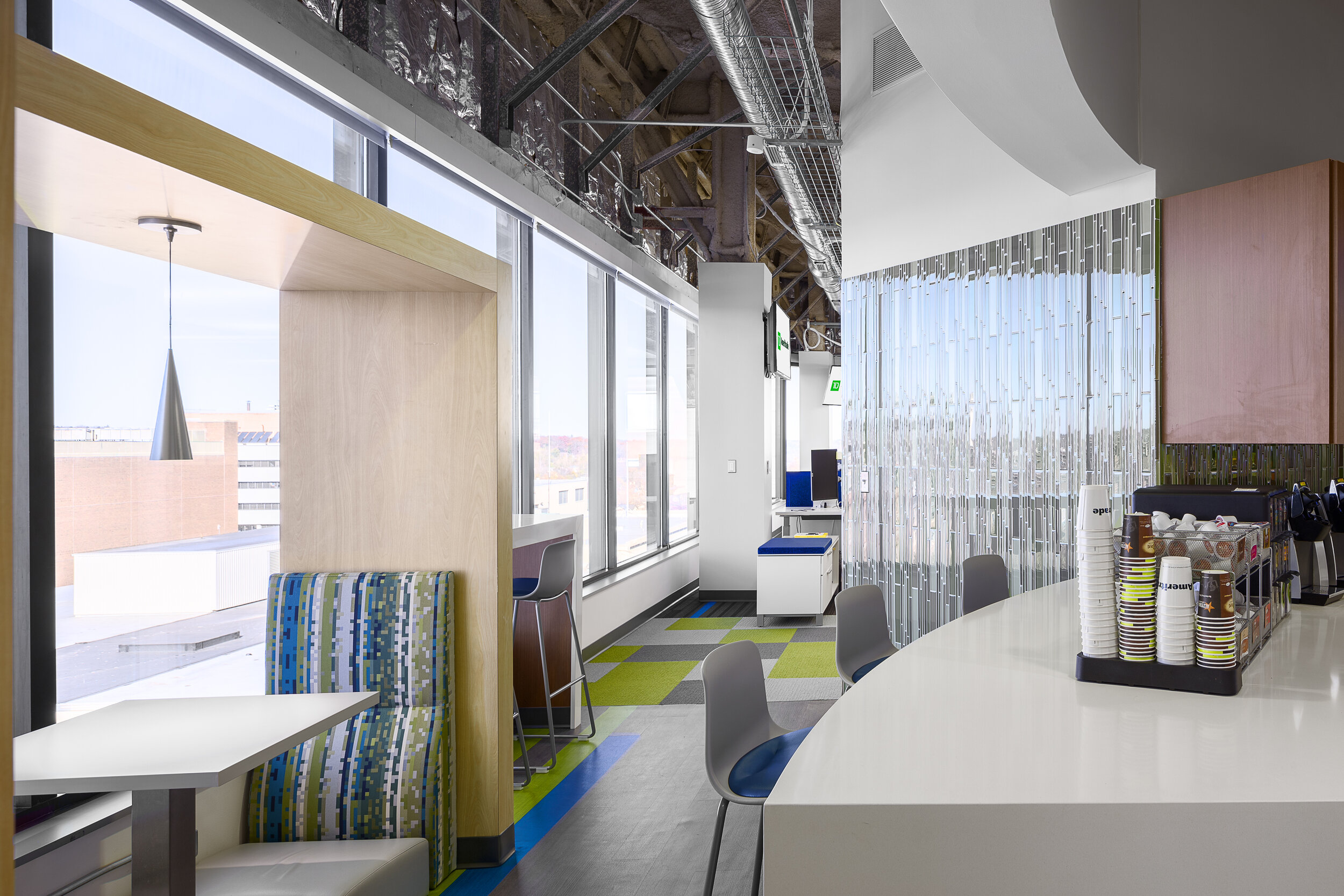Flexibility and the Post Pandemic Workplace
By Interior Designers: Ryan Wrigley and Betsy Wagner
There is so much speculation on what the post-pandemic workplace will look like, and many are questioning “Is the future of the workplace dead?” What we are seeing is that while the workplace is changing, there is a need for people to come together and collaborate in a way that isn’t always easy virtually. While some may thrive in a virtual setting, others find it difficult to stay focused and feel disconnected at home. On the other hand, some people have gotten a taste for some serious flexibility in their lives and they don’t want to completely lose it. What seems to be clear is that the population is gravitating toward a hybrid work environment. So what does this mean for the future of workspaces?
Many organizations have done some deep dives into understanding what people’s concerns are in returning to work. Steelcase has done one of the largest studies, interviewing over 32,000 people around the globe. Out of all of these interviews there have been five over-arching themes that seem to be taking precedence:
Safety – People want to be and feel safe in their environment
Desire to belong – It can be isolating working remotely; more real connection desired
Feel Valued – people want to feel that their work matters
Productivity – some feel more productive at home, others feel less
Greater Control - Having choices within the workplace setting.
So what does this mean for employers trying to figure out what to do? It has been interesting to see what many companies are doing and why. Large companies like DTE and Ford have decided while they do not need as much office space, they do still need some. They are eliminating some of their real estate footprint and allowing workers to work remotely part of the time. When they return to work, they will most likely endorse a free address situation where people can choose where they sit, giving people choice and flexibility as they return to work.
On the flip side, other companies like Google, made an announcement that they will be investing in real estate. While they are allowing flexibility with their employees, they realize their space has helped develop corporate culture which is so important to the identity of their organization. They plan on spending seven billion in office and data center upgrades.
So what will make physical work spaces look different as we move forward? How do we address everyone’s needs?
Safety
There are many products out there to promote a cleaner environment such as antimicrobial surfaces and materials. We’ve seen them time and time again in healthcare design, and most likely will now see them specified more in corporate America. Organizations are incorporating UV lights into the HVAC systems – killing germs that get cycled through the air. Many schools are implementing this technology into their classrooms. We foresee an uptick on touchless technology with lighting, faucets, doors, and other touch point areas. Much more thought will be centered around how we collaborate, safely. We will look at designing space to help reduce stress for employees.
Desire to belong
It is pretty easy to feel isolated when you are working from home, alone. Unless you make a lot of efforts to connect with people – it is difficult to make the “real” connections many humans desire. Having the ability to laugh, joke, and get to know one another at work is much more of a challenge on a scheduled zoom call. For heads-down and focused work, being able to work at home is great, but for creating a corporate culture, it is a difficult to say the least. Looking at workspace, it should be a place to bring people together, safely. Giving people choices on where and how to work will be critical. Indoor/outdoor connectivity and areas where people can comfortably convene will be important topics for re-engagement.
Feel valued
Making sure employees feel valued during these changing times is also an over-arching concern. However, good design implementation can help. Spaces that are well thought out, that help employees engage will be important. Good connectivity to the internet so people who are at the office can interact with those who are working remotely. Good indoor/outdoor relationships both physically and digitally is crucial. If people have a spot where they can easily work outside – they would do it.
Productivity
In some instances, people feel being remote makes them more productive. However, it really is circumstantial. Some people thrive at home and we know a lot of people who are struggling as well. Being able to provide a workspace that can promote choice, wellness, and collaboration will be the key to enhanced productivity. Having good technology integration will be important as well. Being able to serve a Hybrid model of working seems to be the direction most companies are headed.
Greater Control
We touched on some key elements to the future of the office, but giving people greater control of how and where they work seems to be here to stay post pandemic. Being able to choose a quiet remote area to do a lot of heads down work in, or more of open collaborative space may be on point. Many large companies are going to “Free address” workstations, where people can choose the setting they want to work in everyday. They are also allowing people to work partially from home.
In conclusion, the silver lining in this pandemic is most office workers have been given a fair amount of flexibility in the work schedule. It has been nice to be able to be home at a reasonable time to make dinner for our children and spend time with family, not have to put a thousand miles on our car to commute, and enjoy the little things we overlooked when we were so busy rushing around everywhere. We see people still wanting these positive aspects of the past year in their lives when things return to a new normal. Flexibility in the office and out of the office will be the key.

